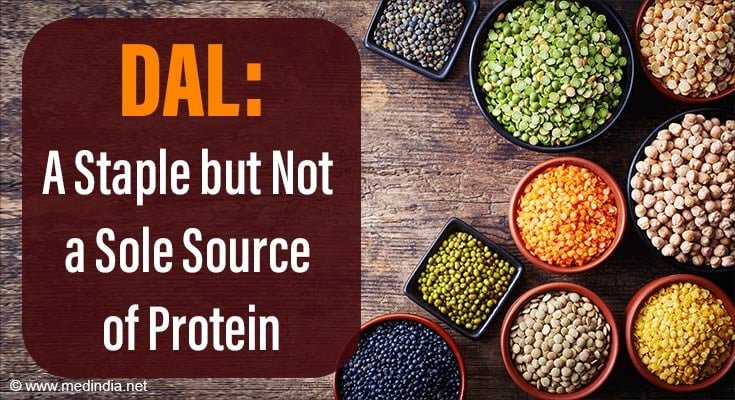Is Dal (Lentils) the Protein Powerhouse You Think It Is?

- Dal’s macronutrient composition emphasizes carbohydrates over protein
- Complementary foods like milk and soy can enhance dal’s protein intake
- Diversifying diets with dairy, soy, and protein supplements ensures optimal nutrition for vegetarians
For ages, dal (lentil) has been hailed as a cornerstone of vegetarian diets, purportedly providing ample protein content. However, recent insights from nutrition experts shed light on the reality: dal might not be the protein powerhouse many believe it to be.
Why dal falls short as a primary protein source, it’s crucial to grasp the essentials of what constitutes an adequate protein provider. Proteins play multifaceted roles in the human body, serving as the building blocks of cells, aiding in nutrient transport, regulating gene expression, and more. A balanced diet rich in proteins is indispensable for sustaining these vital functions.
A food source is deemed protein-rich if it contains the nine essential amino acids in the correct proportions. While the human body requires a total of 20 amino acids for optimal functioning, it can synthesize 11 internally, leaving the remaining nine to be obtained through dietary sources.
Why Dal Isn’t a Protein Powerhouse?
Contrary to popular belief, dal, encompassing various lentils and legumes, does not qualify as a primary protein source due to its macronutrient composition. Nutritionists reveal that dal predominantly consists of carbohydrates, followed by fiber, with a relatively lower protein content. This doesn’t negate the presence of protein in dal altogether but emphasizes that it’s not the primary nutrient it offers. Instead, dal serves as a source of complex carbohydrates.
Optimizing Protein Intake for Vegetarians
While dal alone might not suffice as a significant protein source, combining it with complementary foods like milk, soy, and other pulses can bolster protein intake for vegetarians. However, achieving optimal protein levels through dal alone may pose challenges. For instance, the quantity of dal required to meet protein needs could lead to excessive carbohydrate intake, potentially causing digestive discomfort.
Alternative for Lentils (dal)
Acknowledging the limitations of plant-based protein sources, vegetarians are encouraged to diversify their diets to prevent nutritional deficiencies. Incorporating dairy products like yogurt, cheese, and paneer, along with fermented soy products like tofu and tempeh, can help bridge the protein gap. Additionally, considering protein supplements like whey, derived from milk, can offer a convenient solution for meeting protein requirements, especially for individuals with dietary restrictions.
While dal undoubtedly holds a cherished place in Indian cuisine and offers valuable nutrients, it’s essential to recognize its limitations as a primary protein source. By understanding its macronutrient profile and complementing it with other protein-rich foods, vegetarians can ensure a well-rounded and nourishing diet. Dispelling the myth of dal as a protein powerhouse empowers individuals to make informed dietary choices, ultimately promoting optimal health and well-being.
“Dal remains a valuable component of vegetarian diets, but it’s essential to supplement it with diverse protein sources for optimal nutrition.”
Source-Medindia
Source link
#Dal #Lentils #Protein #Powerhouse



